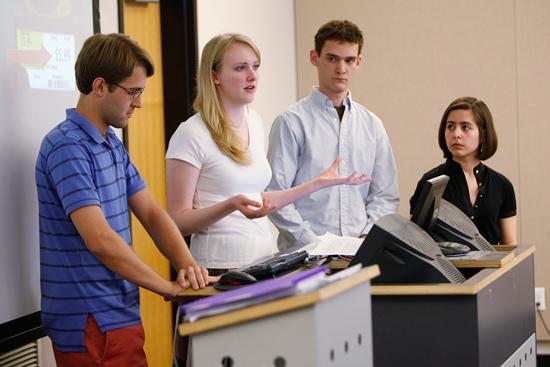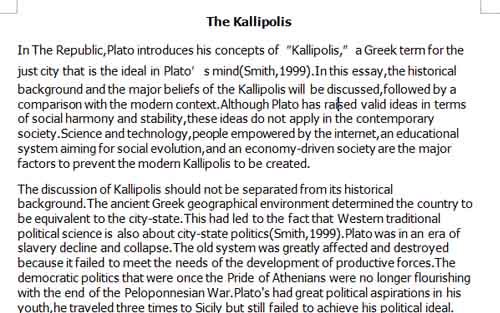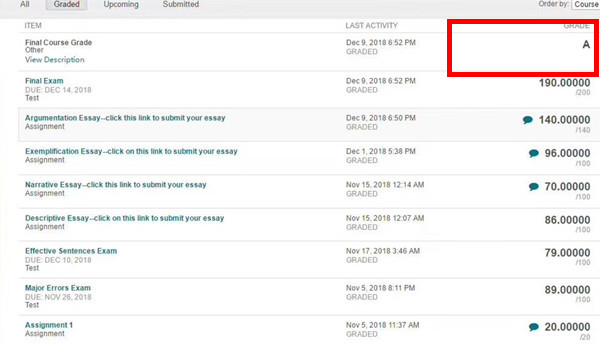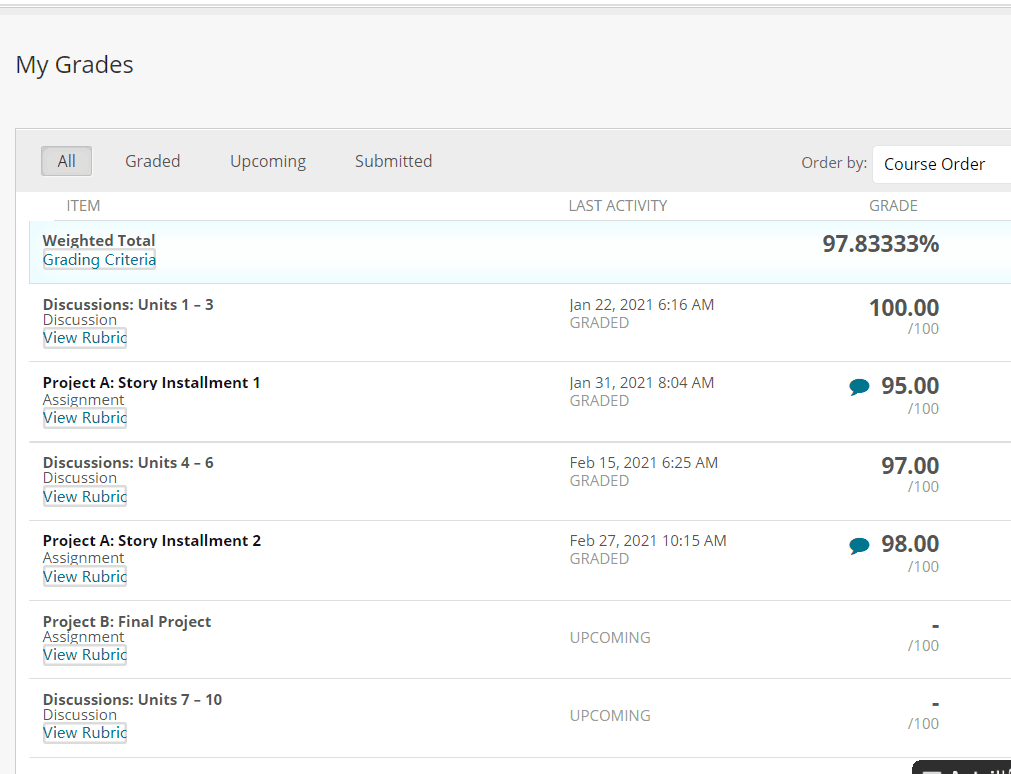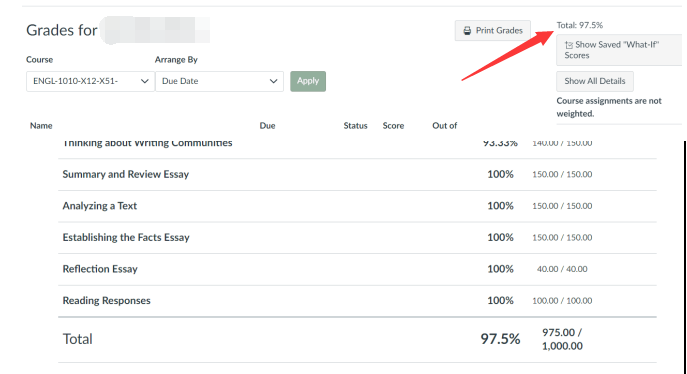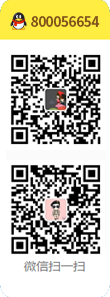本文是一篇Essay代写范文,题目为:On the Effectiveness of Therapeutic Touch,本文主要讨论了治疗性抚触的有效性。本文将探讨治疗性触摸(TT)对癌症患者和新生婴儿的有效性,以便得出有关TT的一般结论。还将提出怀疑的声音以讨论TT的局限性。根据先前研究提供的证据,当用作传统治疗的补充治疗方法时,治疗性触觉可有效改善各种年龄和疾病患者的健康状况。

Therapeutic touch (TT) is a modern interpretation and adaptation of the ancestral healing process. Dating back to ancient civilizations, the power of contact and feeling should not be underestimated. As one of the most important forms of nonverbal information, touch can convey positive information to the recipient, thereby bringing psychological and even physical improvements to the patient. Through touch, the therapist can convey emotions such as compassion, care, concern, safety and acceptance, which effectively reduces the patient's anxiety. This article will explore the effectiveness of TT for cancer patients and newborn babies in order to draw general conclusions about TT. There will also be voices of skepticism to discuss the limitations of TT. According to the evidence provided by previous studies, when used as a supplement to traditional treatment, therapeutic touch can effectively improve the health of patients of various ages and diseases.
治疗性触摸(TT)是对祖先愈合过程的现代解释和适应。追溯到古代文明,接触和感觉的力量不可低估。作为非言语信息最重要的形式之一,触摸可以向接受者传递积极的信息,从而给患者带来心理上甚至身体上的改善。通过触摸,治疗师可以传达同情、关怀、关心、安全和接受等情绪,从而有效降低患者的焦虑。本文将探讨TT对癌症患者和新生儿的疗效,以得出TT的一般结论。也会有质疑的声音来讨论TT的局限性。根据以往研究提供的证据,治疗性抚触作为传统治疗的补充,可以有效地改善不同年龄、不同疾病患者的健康状况。
As a major health problem worldwide, cancer is a disease with many causes, symptoms and treatment methods. The financial and psychological burden of cancer patients, fatigue, reduced sleep, treatment or medication-related pain are all causes of discomfort in cancer patients (Tabatabaee et al., 2016). Although the main treatment methods used include surgery and chemotherapy, in recent years, adjuvant and alternative medicine (CAM) has been increasingly used to assist in the treatment of cancer. The main purpose of CAM is not to cure cancer, but to improve the quality of life of patients who have been reduced by the above factors. The improvement of well-being is essential to the success of treatment and the recovery of patients. Facts have proved that CAM can also effectively eliminate the side effects caused by traditional therapies. In the category of CAM, TT belongs to the energy therapy group, and the transfer of energy to the human body is its main belief. TT involves the use of hands "on or near the body" (Tabatabaee et al., 2016). Although TT is often used in modern treatments, it originated in ancient times. According to the guiding principles of the human energy field, touch therapists believe that they can guide and influence the patient's energy field through an open system. At the same time, TT is different from conventional "invasive" treatments (such as surgery and drugs). Through the investigation of past studies, it can be determined that there is a positive correlation between TT and the improvement of the health of cancer patients. Facts have proved that TT is a safe and reliable supplement to conventional treatment without increasing the burden and anxiety of patients. However, it should also be noted that the main stage of TT application is the nursing period.
The application of TT is beyond the scope of treatment for cancer patients. In order to take full advantage of the benefits of TT, we should be more aware of the importance of nurses. In fact, nurses spend much more time on patients than doctors. They have to take care of them all the time and always rely on them. In some cases, routine care is no longer suitable for patients, which makes complementary therapies (such as TT) useful. For example, in the treatment and care of newborns, conventional treatment and care lack gentleness and delicateness. Therefore, TT can be used as an effective supplement for newborns suffering from various diseases, as demonstrated by the literature review of Ramos, Frias and Risso (2016). The most important aspect of TT in caring for newborns is that it is only temporarily used as a supplement, not as a substitute for the main treatment. In the study, a simple question was raised about the results of neonatal intervention TT. Analytical research was conducted from 1995 to 2016. All eight related scientific papers have shown the significant improvement and benefits of TT for newborns. These benefits include smoother eating, weight gain, improved vital functions, better sleep quality, reduced pain, and increased interaction with the environment (Ramos, Frias, and Risso, 2016). The different types of TT covered in the thesis include soft touch, laps, bandages, contact with mother's smell, etc. In addition to these benefits, no harmful effects were found in neonates, which further confirms the safety and reliability of TT. Although it is easier to verify the role of TT in adults, no matter what disease the infant has, the improvement of infant health reaffirms the versatility of TT.
Despite the effectiveness of TT, people are skeptical about the scientific basis for treatment. Some people who adopt the "scientific method" of the nursing process believe that this effective method is intangible and cannot be relied upon. The biggest argument against TT is that the touch of rehabilitation is not a representative of science, but an example of pseudoscience (Henkelman, 2004). Although TT has been attacked because of its connection with religion, it is unfair to judge the effectiveness of treatment based on its cultural background. The opposition also claimed that the results of TT must be reproducible so that even non-metaphysical believers can be persuaded. However, for highly personalized TT treatment, there are too many difficulties in designing experiments and establishing theories about it. Each patient has different discomforts, and depending on the patient's acceptance, the TT applied to them may or may not be effective. Just as a drug may not be effective when it is different from a disease, TT works best when the patient is more sensitive and needs it. The focus of TT is to treat patients with humane methods, which is difficult to guarantee by any "rigorous research". Numerous examples of how TT works alone are enough to prove the need for more investment in TT and other CAMs. There is also controversy about the lack of data and successful cases for meta-analysis (Colgan & Doolan, 2001). The reason for this difficulty is that TT has not yet entered the mainstream of the healthcare system and should be resolved in time when there are more and more cases of treatment in the future. Indeed, TT and its variants for specific diseases still need a clearer definition. However, these are not the fundamental flaws of TT itself. With the improvement of the openness of conventional treatment methods, more combined treatment methods will be adopted to bring more benefits to patients of different ages.
In short, the suspicion and opposition to TT is largely due to lack of understanding and incorrect expectations of TT. Today, when modern medical care relies on advanced science and technology, it is unwise to replace traditional treatment with TT, at least for now. Therefore, the focus of TT has shifted from curing to simply making people feel better. Just like the embrace of installing positive energy into healthy people, modern TT has a similar effect through a more systematic approach. TT's emphasis on humanization is the difference between it and traditional therapy. As mentioned above, traditional therapy is effective for both neonates and cancer patients. The full potential of TT remains to be explored, and more extensive applications and research are needed in the future.
总之,对TT的怀疑和反对主要是由于对TT缺乏理解和不正确的期望。如今,现代医疗依靠先进的科学技术,至少现在用TT替代传统治疗是不明智的。因此,TT的研究重心已经从治疗转向单纯的让人感觉更好。就像向健康人安装积极能量的拥抱一样,现代TT也通过更系统的方法产生了类似的效果。TT强调人性化是it与传统治疗的区别。如上所述,传统治疗对新生儿和癌症患者都有效。TT的全部潜力有待探索,未来需要更广泛的应用和研究。
以上就是本篇Essay代写范文全部内容,欢迎阅读,范文内容和格式仅供留学生参考学习,不得抄袭。如果需要Essay代写服务,请咨询网站客服。



